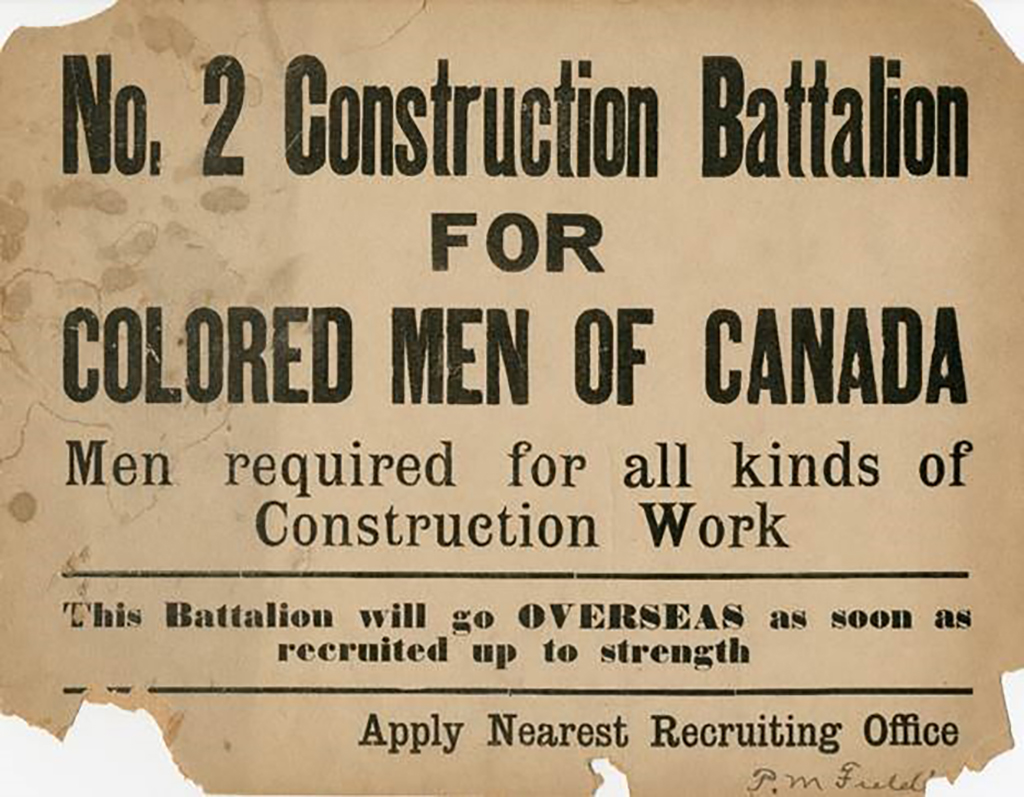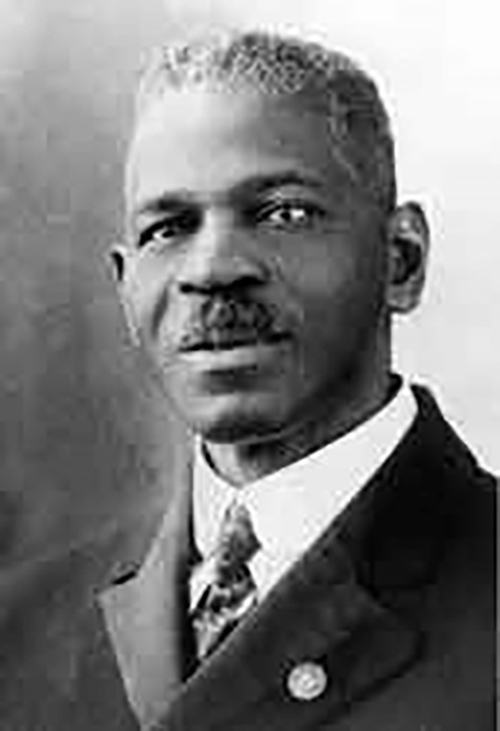By Anthony Black, Senior Writer
Published on 01/02/2022

The world nearly forgot the existence of No. 2 Construction Battalion, a military unit made up of Black men determined to serve their country during the First World War.
Those seeking to enlist at the time faced discrimination and exclusion. The British War Office did not want to train Black combat units in case they decided to rise up against British colonial authorities. Volunteers were rejected, some being told it was a white man’s war. Black leaders across the country pushed for the right to enlist. The chief of the general staff at Militia Headquarters in Ottawa proposed the formation of a segregated battalion as a supporting, and not a combat, unit.
Thanks to the efforts of civil rights activist (and later, Senator) Calvin Ruck, the story was brought back into public consciousness with the publication of the 1986 book The Black Battalion 1916-1920: Canada’s Best Kept Military Secrets
Today, there are several ways to explore the story. Here are two initiatives the Museum has partnered on to help you uncover this fascinating history:
- The webinar “No. 2 Construction Battalion: Explore First World War Records at Library and Archives Canada (LAC)” is being offered on Feb 26th, 2022, in partnership with LAC.
- Visit No. 2 Construction Battalion exhibition at the Black Cultural Centre for Nova Scotia (BCCNS) in Cherry Brook. The exhibition was developed in collaboration and launched here at the Museum in 2017 before being installed as a permanent exhibit at the BCCNS. The Centre serves as both a “museum and cultural gathering place, where the rich history of Canada’s oldest and long-standing Black communities can be discovered and explored.”
What does No. 2 Construction Battalion have to do with immigration?
Nova Scotia’s Black communities were formed by different groups of immigrants. Waves of arrivals prior to the First World War included 3500 Black Loyalists who arrived in the late 18th century, and 2000 refugees of the War of 1812.
The men of No. 2 Construction Battalion were mainly Canadians (and particularly Nova Scotians), but a significant number were born outside Canada. During and after the First World War, Canadian immigration policy barred many Black immigrants, including potential recruits and veterans of service. They were seen as “undesirable” and described as unsuited to the climate, or likely to become public charges. Despite this, the company included men born in the United States, the Caribbean, and as far away as Yemen and South Africa.

Credit: Wikimedia
One of the most notable figures, Captain William “Andrew” White, was the unit’s chaplain and the only Black officer in the battalion. Born in Virginia to formerly enslaved parents, he had moved to Nova Scotia in 1899 to study at Acadia University. He went on to become a respected leader within African Nova Scotian circles through his contributions not only to the war but also to the Baptist Churches central to the province’s Black communities. White’s personal diary, the only known first-hand account written by a member of No. 2 Construction Battalion, is viewable through the digitized records of Library and Archives Canada.